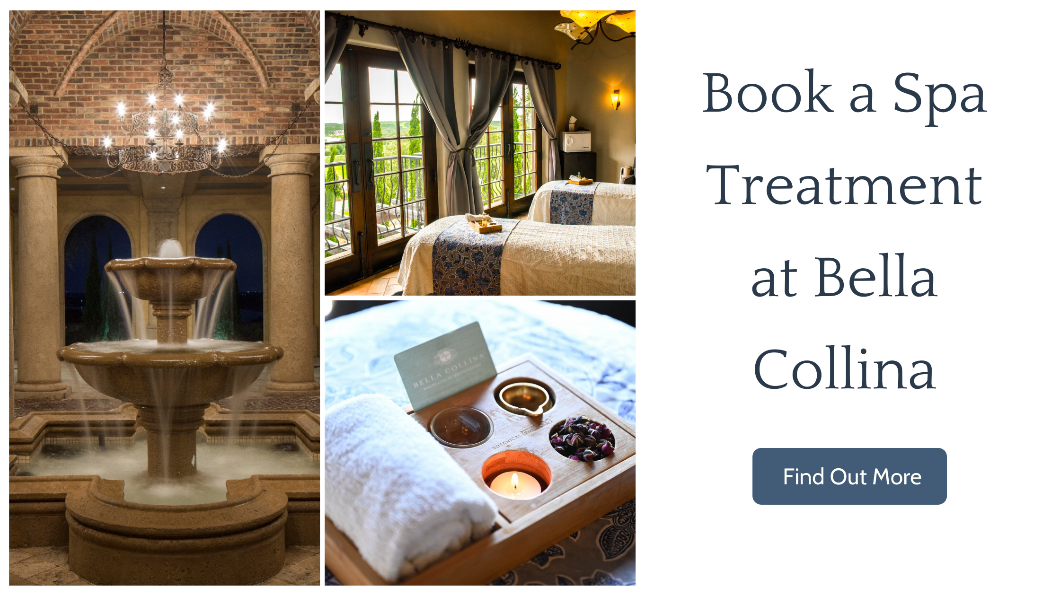The Evolution of the Spa
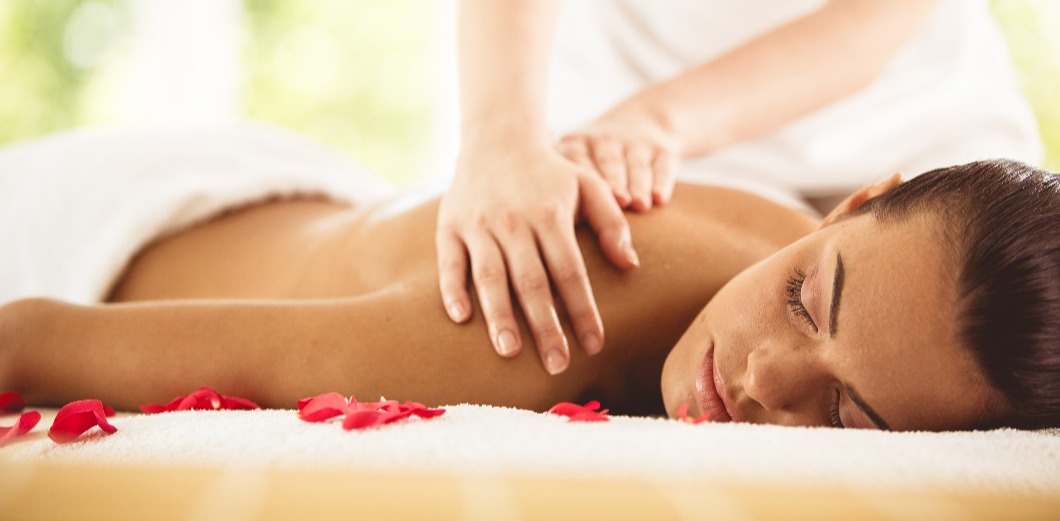
Spas have a long history that reaches back through the millennia of human history. Their evolution has established them as havens of tranquility, where women and men visit for relief from the pressures of daily life.
In many ways, spa services remain true to their ancient roots. Even so, they increasingly embrace modern technology to address their clientele's beauty and health concerns.
Let's take a look at where spas came from and how they fit into modern life.
Ancient Origins
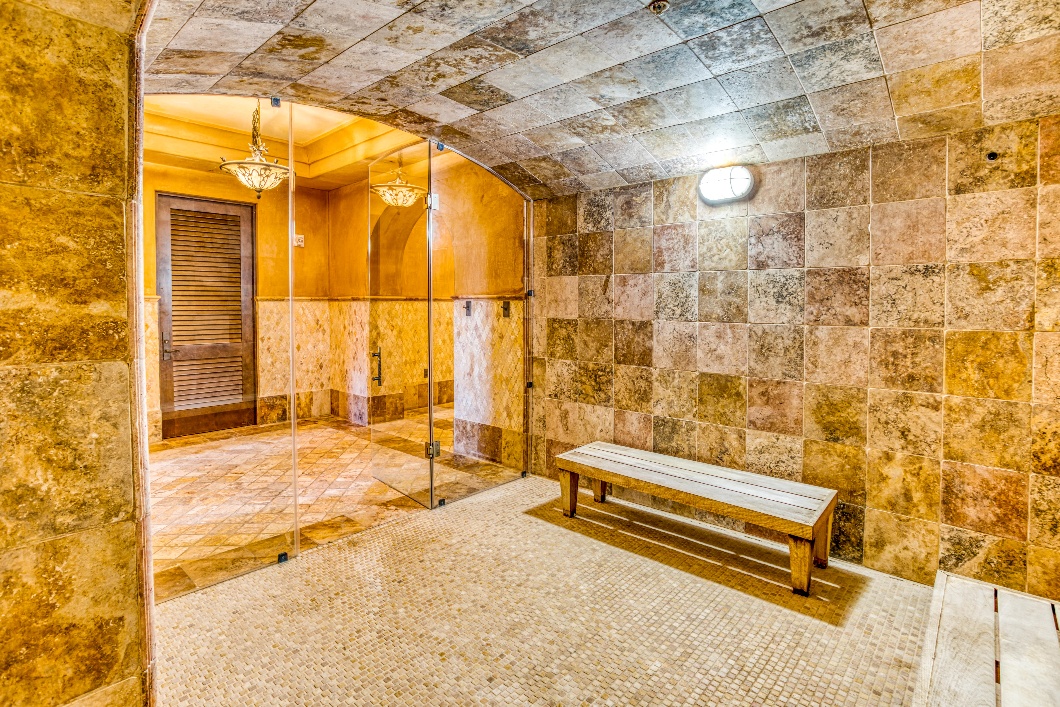
Bathing, especially in hot springs, is the foundation of spa cultures around the world. Thousands of years ago, the ancient Greeks built public bathhouses to maintain good hygiene and generally restore their bodies.
Of course, the ancient Greeks were hardly alone in their appreciation of a good, soothing soak in hot water.
- Romans built huge bathhouses called thermae throughout Europe, North Africa, and the Middle East.
- In the 7th century, Turkish baths called hammams promoted purity of body and soul.
- By the 1st century, the Japanese had established onsen bathhouses at multiple hot springs.
Cleanliness is only part of the equation when exploring the history of the spa. The attraction of a hot bath or healing waters also created destinations where people could gather and socialize.
Roman Baths Inspire the Modern Spa
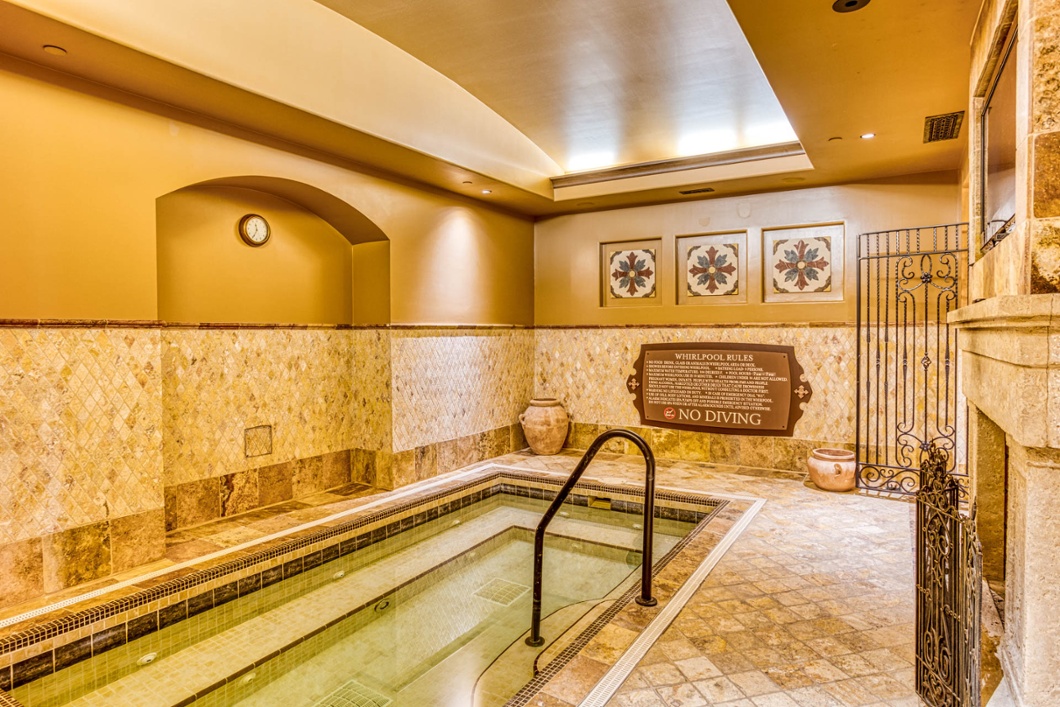
Within Western Civilization, you cannot underestimate the influence of the Roman bath experience on our contemporary version of the spa. Large baths were part of Roman culture.
The word "spa" even appears to have originated with the Romans. Some linguists suggest that spa is actually an acronym for the Latin phrase "sanitas per aquas" or health through water.
The Belgian town of Spa is also credited with the word due to its long history as a hot spring destination.
The archaeological record of Roman bathhouses paints a clear picture of extensive spa complexes. Some were built around naturally occurring hot or mineral springs. Other spa complexes relied on burning wood to heat water.
Aside from bathing, the Roman spa included:
- Massages
- Saunas
- Rest and relaxation areas
- Sports
- Dining
- Exercise
Baths were a big deal in the Roman Empire. The Diocletian bath in Rome could accommodate 6,000 people. Such a huge setting emphasizes the social aspects of the Roman bath. These days, however, spas focus on smaller groups or couples who wish to recreate in a wellness-oriented setting.
Curative Powers
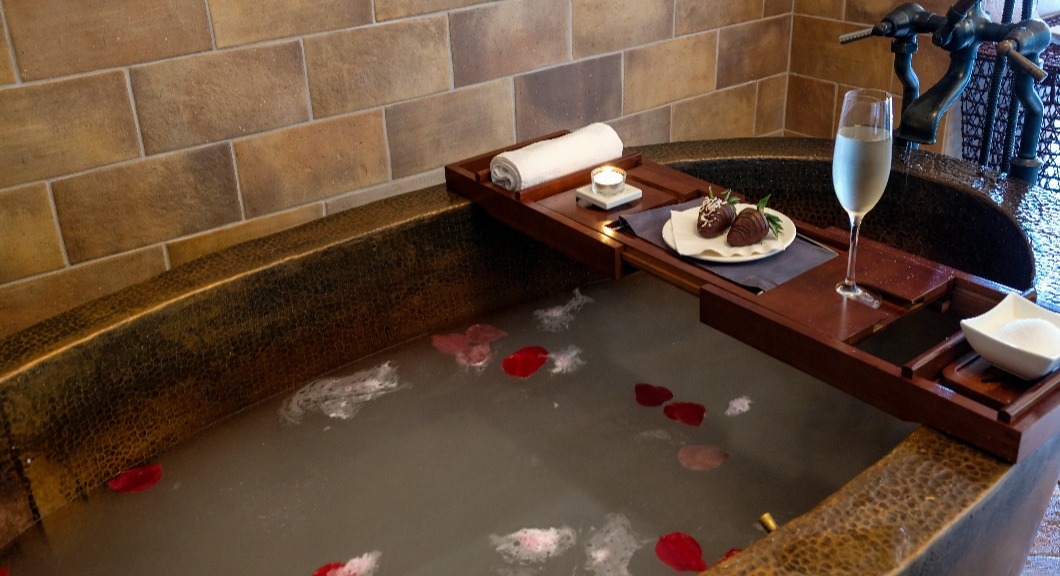
The universal desire for good health kept spas in the public consciousness throughout the centuries following the decline of the Roman Empire. Hot springs or mineral-rich springs throughout Europe attracted people coping with sickness and disability.
During the Medieval period in Europe, the ancient emphasis on hygiene was eclipsed by the healing powers attributed to special springs. Different springs would specialize in the curing of specific ailments.
For example, the mineral springs in Spa, Belgian, are rich in iron. Drinking this water could relieve symptoms for people suffering from iron deficiencies.
For centuries, people traveled to places famous for their healing waters. This practice cemented the association between spas and wellness. This development marked a switch from spas as bathhouses where you cleaned your body to places where you might cure your body.
Spas for the Social Elite
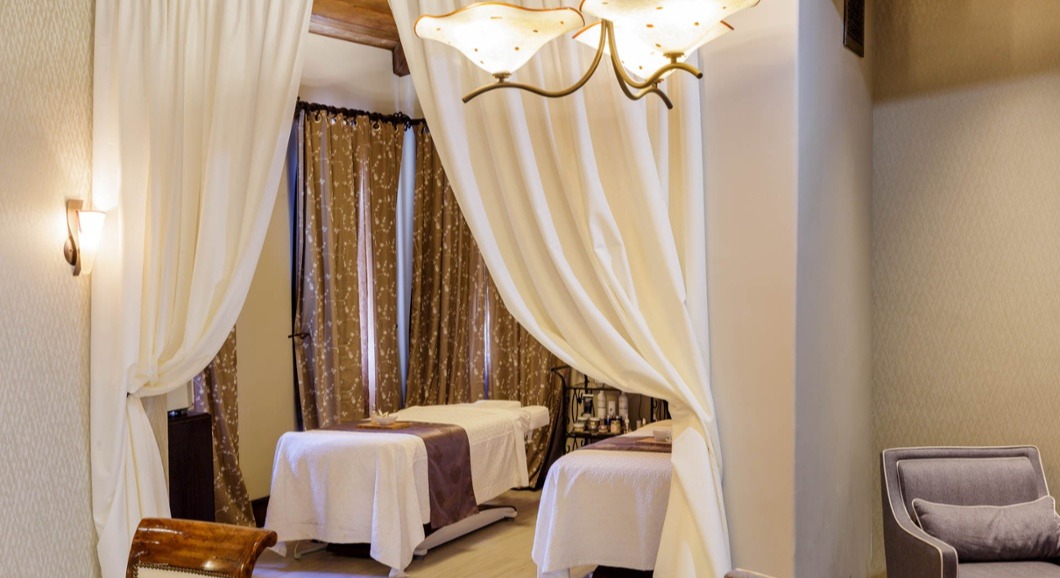
As the Medieval period gave way to the Early Modern period in Europe, spas became a big deal among the upper classes. They had the resources and leisure time to travel to special resorts at natural springs.
In England, Queen Anne raised the profile of the waters in Bath in the 1700s. The Romans had originally built Bath, which later became a highly fashionable resort in 18th century England, featuring:
- Shopping
- Concerts
- Dances
- Dinner parties
Because all of this was wildly appealing, spa resorts grew in number throughout the European continent. This was the era of spas as the playgrounds of the ruling class.
Modern Escape From Stress
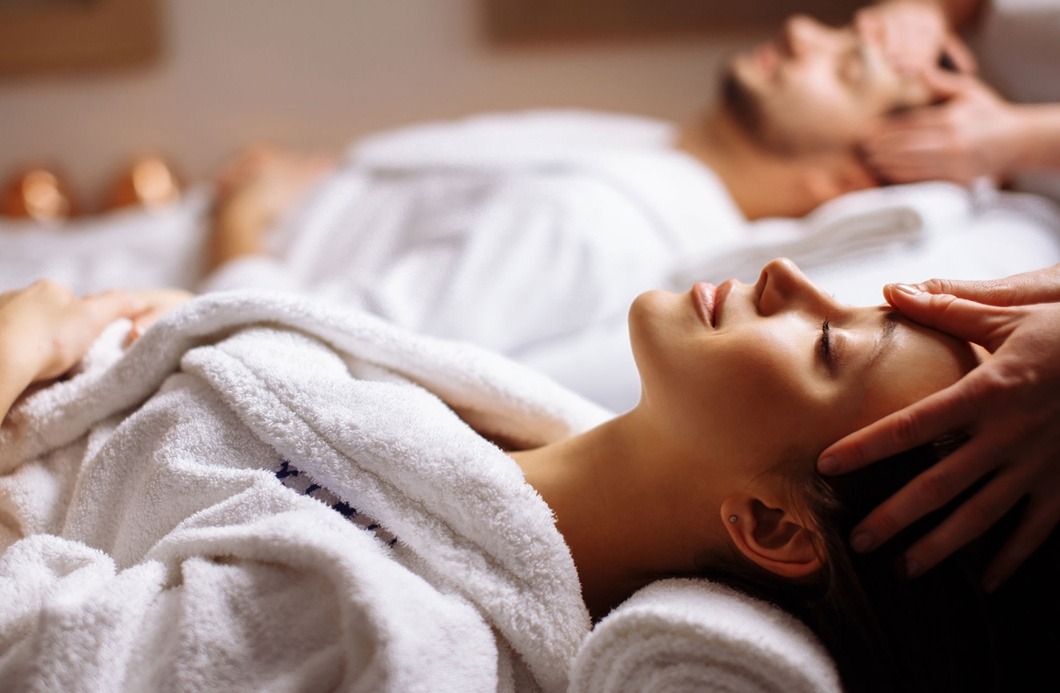
Life had changed considerably for the masses by the 20th century. More people had money and leisure time. Spas ceased to be the exclusive zone of the wealthy.
Additionally, advances in modern medicine overshadowed some of the emphasis that spas previously placed on curing disease. Medicine could alleviate many ailments, but the stress of modern life raised awareness about mental and spiritual well-being.
These are not strong suits for modern medicine, and spas stepped in to help people decompress and renew themselves.
The invention of the Jacuzzi whirlpool in the middle of the century freed spas from natural sources of healing waters. Mechanical manipulation of hot water in a whirlpool replicated the soothing effects of hot springs and allowed businesses to build spas wherever they could find a market.
Relaxing in a whirlpool represented only one aspect of a modern spa. Visitors might soak in hot water to loosen up their muscles before a massage. Spas also popularized services like:
- Facials
- Massages
- Manicures and pedicures
They became places where you could unwind and return the healthy glow to your skin. By the late 20th century, these facilities were primarily marketed to upscale women, who attended them in groups for special pampering sessions.
21st Century Spa Experience
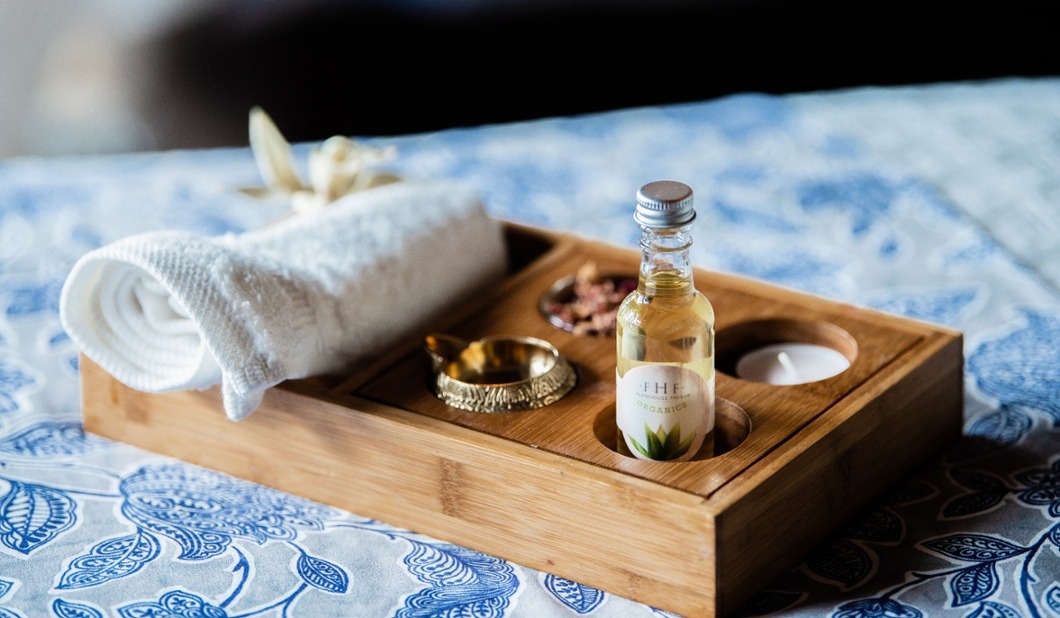
Although spas drifted into a very female-centric market in the late 20th century, they are now widely accepted as suitable for all genders. Men value an escape from stress just as much as women and are welcome in most spas.
Technological advances in skin rejuvenation therapies are now a major trend in spas alongside the traditions of hot baths and massages. Microneedling therapies for the treatment of wrinkles and scars are now just as common as organic facials and hot-towel wraps.
Spas also draw upon many global traditions to offer a variety of massage styles. You can easily find spas staffed by masseuses skilled in Swedish massage or Hawaiian Lomi Lomi massage.
Overall, people increasingly view visiting spas as a lifestyle instead of something reserved for a special occasion. Regular spa treatments help people reconnect with themselves and increase their well-being.
Top Orlando-Area Spa at Bella Collina
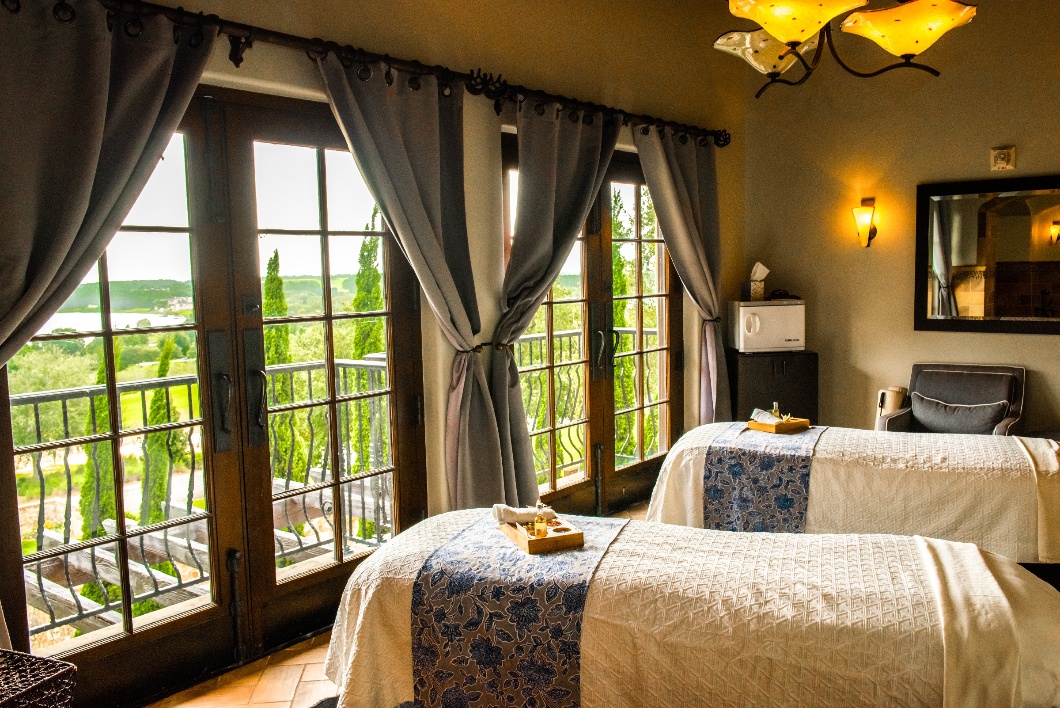
The luxury golf community of Bella Collina outside Orlando, Florida, includes a world-class spa.
The Bella Collina day spa includes:
- Whirlpool
- Multiple massage services
- Facials
- Advanced skin rejuvenation
- Drinks and snacks
The Old World luxury of Tuscany inspires the architecture and decor at the Bella Collina spa. Soak up the ambiance of the old empire while enjoying the finest in modern spa luxuries.
Whether you're a Bella Collina resident, member, or guest, don't miss your chance to feel great at our spa. Contact us to book an appointment.
